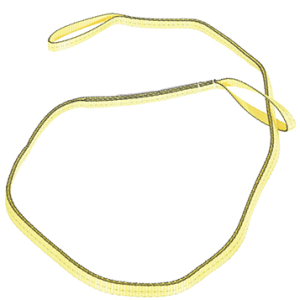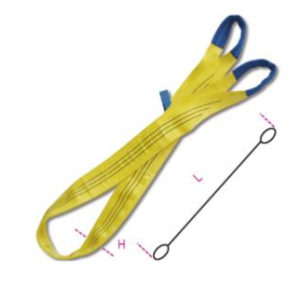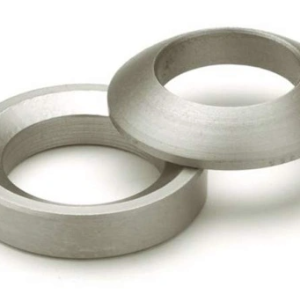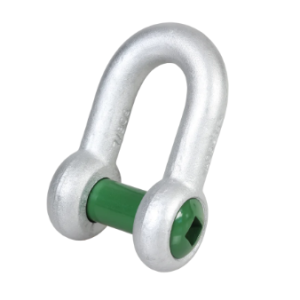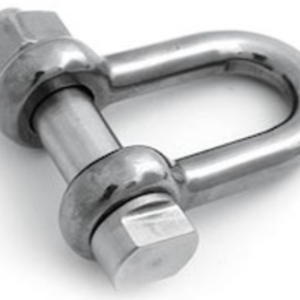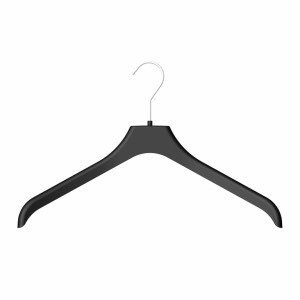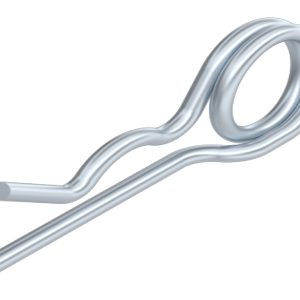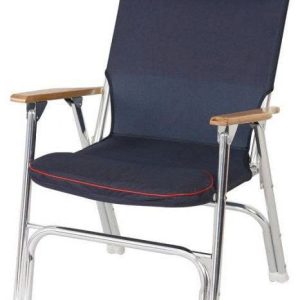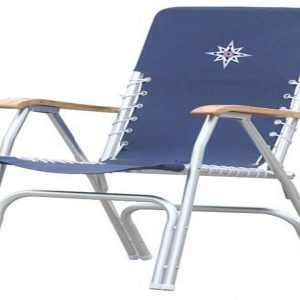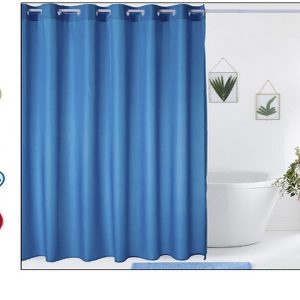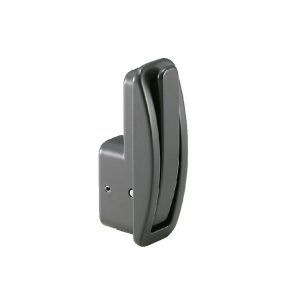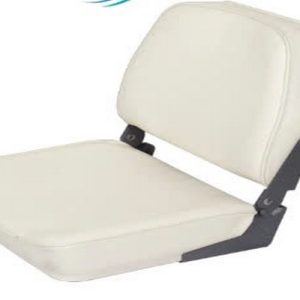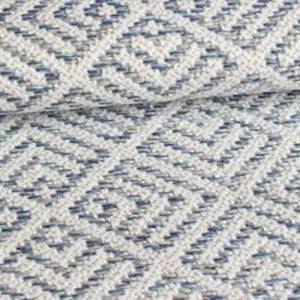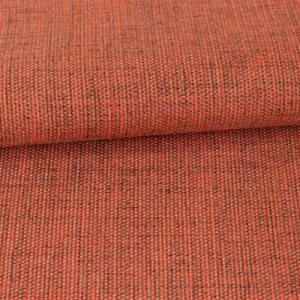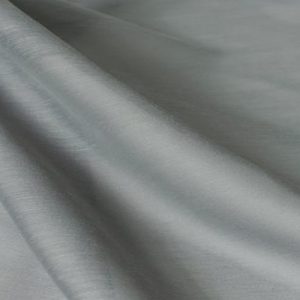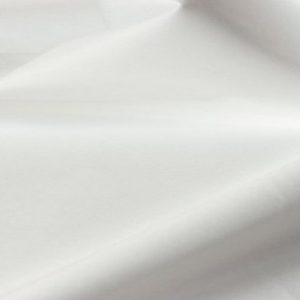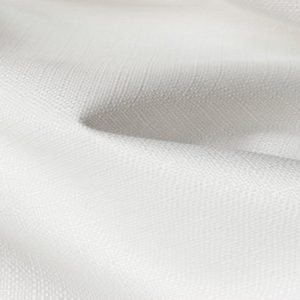- About Sotaville
- Solutions
-
- Products
- ServicesWhat is Lorem Ipsum? Lorem Ipsum is simply dummy text of the printing and typesetting industry. Lorem Ipsum has been the industry’s standard dummy text ever since the 1500s, when an unknown printer took a galley of type and scrambled it to make a type specimen book. It has survived not only five centuries, but also the leap into electronic typesetting, remaining essentially unchanged. It was popularised in the 1960s with the release of Letraset sheets containing Lorem Ipsum passages, and more recently with desktop publishing software like Aldus PageMaker including versions of Lorem Ipsum. Why do we use it? It is a long established fact that a reader will be distracted by the readable content of a page when looking at its layout. The point of using Lorem Ipsum is that it has a more-or-less normal distribution of letters, as opposed to using ‘Content here, content here’, making it look like readable English. Many desktop publishing packages and web page editors now use Lorem Ipsum as their default model text, and a search for ‘lorem ipsum’ will uncover many web sites still in their infancy. Various versions have evolved over the years, sometimes by accident, sometimes on purpose (injected humour…
- News
- Contact
The Outfitting is the final phase in shipbuilding, where the vessel’s interior is completed to create a finished product ready for operation. In this article, let’s explore an overview of this crucial stage.
Overview of the Outfitting in the Shipbuilding Process
The Outfitting in shipbuilding focuses on the construction and installation of ship interiors – including partitions, wooden floors, ceilings, furniture such as tables, chairs, cabinets, beds, control consoles, and decorative details. This is the final step that not only ensures technical standards but also fulfills aesthetic, functional, and comfort requirements for the crew or passengers.
Importance of the Outfitting in Ship Production
Although considered a finishing phase, carpentry plays a vital role in enhancing the usability and professional image of the ship. Especially for passenger ships, cruise ships, or research vessels, interior design directly affects user experience, convenience, operational efficiency, and ease of maintenance. Moreover, a well-executed interior helps optimize space and weight, contributing to the vessel’s balance.
Potential Hazards and Unique Working Conditions
Ship carpentry often takes place in enclosed spaces with limited ventilation, abundant wood dust, chemical odors (glue, PU paint, varnish), high humidity, and fire hazards from flammable materials. Risks may include: inhaling fine dust leading to respiratory illness, chemical exposure causing skin irritation, hand injuries from cutting tools, slips on slick floors, or collisions when moving furniture in narrow compartments.
Essential Personal Protective Equipment (PPE)
To minimize risks in the Outfitting, workers should be equipped with:
-
Fine dust-resistant masks.
-
Clear safety goggles to prevent wood dust from entering the eyes.
-
Lightweight, anti-slip gloves for easy handling of materials while ensuring safety.
-
Noise-cancelling earmuffs when using high-powered saws or sanders.
-
Lightweight, breathable protective clothing, preferably flame-retardant cotton or polyester blend.
-
Lightweight, anti-slip safety shoes suitable for enclosed shipboard environments.
-
If strong-smelling adhesives or paints are used, an organic vapor respirator should be worn.
Recommendations and Precautions When Choosing PPE
For ship carpentry environments, PPE should be lightweight and comfortable for working in confined spaces. Products from brands such as 3M, Mirka, Milwaukee, Honeywell, and Tesa often feature ergonomic designs tailored for technical applications.
Additionally, it is crucial to maintain equipment such as respirators and masks regularly, and to avoid using them past their expiry or when contaminated. Workers should also be trained in fire emergency response and basic first aid.
The Outfitting is considered a key link in delivering a high-quality ship product. To find the most suitable PPE for this phase, contact Sotaville at hotline 0889108080 for quick and professional advice.

